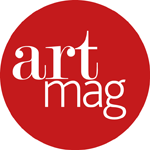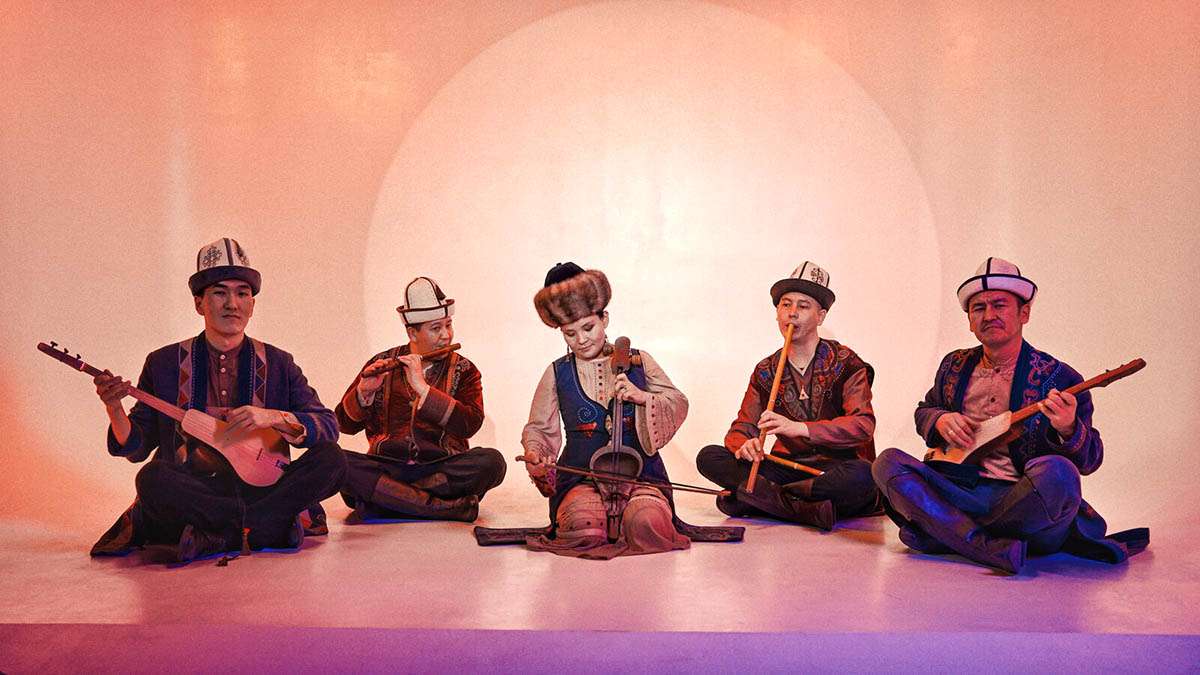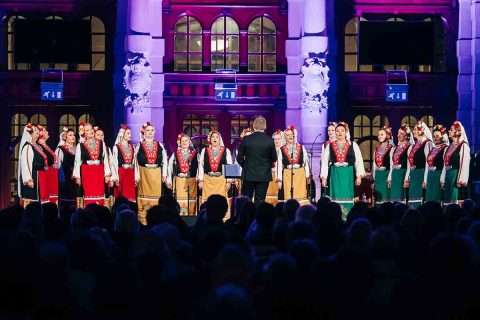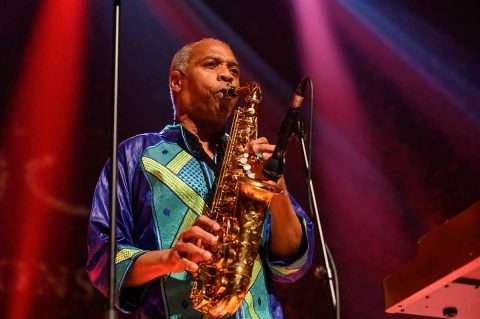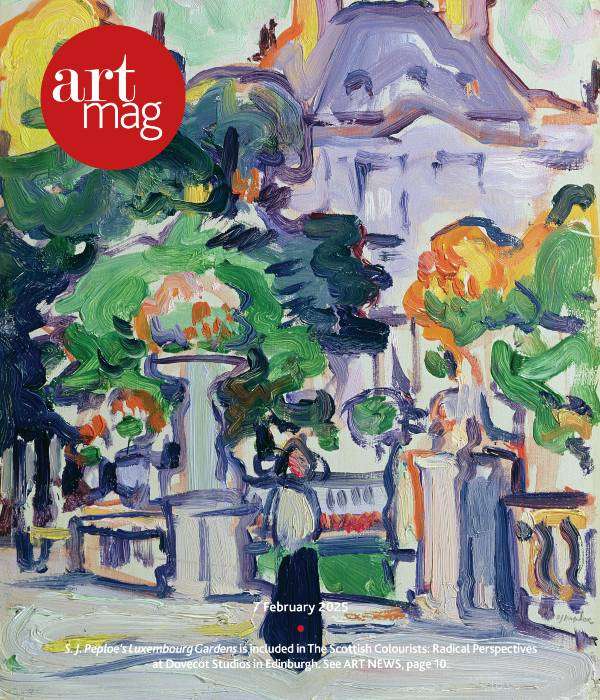The arrival of the Ustatshakirt Ensemble at Edinburgh International Festival’s Hub in many ways represents the best of what the Festival is about. For many in the audience, relaxed in the Hub’s mellow glow (some in the comfy sofas in the centre, of whom I felt covetous) it was a chance to discover, for the first time, the sound of traditional Kyrgyz instruments, from Kyrgyzstan in central Asia, which borders Kazakhstan and China.
The five members are putting on an evening of traditional music and song, having developed their craft at the Ustatshakirt Centre, under the auspices of the Aga Khan Music Programme, with whom the concert has been organised; the Programme seeks to promote traditional culture to the world, by training a new generation of top Kyrgyz musicians. In an echo of what happened worldwide – including to Scots – throughout the 20th century, the language and culture of the people of Kyrgyzstan has been repressed, withdrawn from schools, and seen as obsolete and untutored. Recently however traditional culture has enjoyed a resurgence, and the Ensemble has appeared at many festivals and venues across East and Central Asia, and in Europe – but this was a rare chance to catch them in Scotland.
Wearing traditional costume, the four men and one woman multi-instrumentalists performed on traditional instruments such as the kyl kiyak (two-stringed fiddle), the komuz (a small 3-string guitar-like instrument, strummed and plucked), the temir komuz (jaw harp) and the sybyzgy (end-blown flute). While the flute is mellow and spacious, suggestive of vast cattled plains, the fiddle very often provides a drone for the other instruments and voices to perch upon, and the komuz in particular is driving and percussive – spectacular to witness in the hands of a master. But the most energising moments come from the jaw-harp, which, when played in unison by all five members, is a highly rhythmic, hall-filling twang so assertive and pacey it could be mistaken for a heavily-filtered synthesised bass on an electronic dance track.
The singing, particularly on the extended story-telling ballads, is buoyant, rich in melody and highly expressive, anchored strongly to the songs’ keys, (and sung in Kyrgyz, so I understood precisely none of it). Overtones play a part in the vocal inflections and the fiddle is often sawn at harmonic points to split into higher octaves; but probably the most fascinating were the two komuz players, either side of the stage and playing in a perfect visual symmetry, with arms windmilling and hands left and right flailing about the instrument, holding it to the floor and on the shoulder, rhythmically knocking the wood-casing and plucking with the neck-holding hand, all the time never missing a note.
